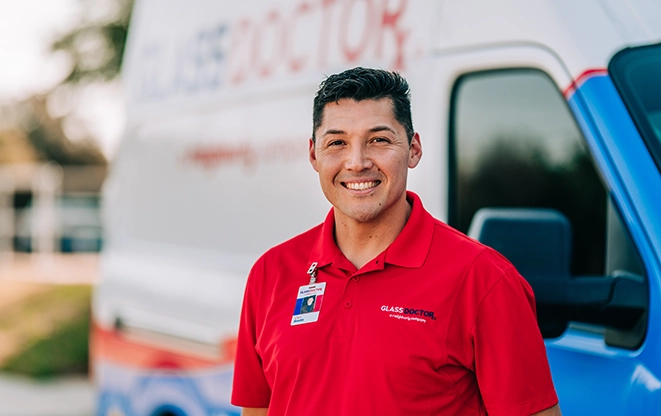Replacements are usually better than repairs when it comes to a cracked windshield. The primary reason for replacing a cracked windshield is its impact on the structural integrity of the vehicle. Even minor cracks can weaken the windshield, making it susceptible to further damage. This compromises the overall safety of the vehicle and its occupants.
Attempting to repair a windshield crack rather than replace it is dangerous, as it can give you and your passengers a false sense of safety. Even if a crack appears to be repaired, it may still negatively affect your vehicle. Below are more associated risks to consider:
1. Extensive damage:
Windshield cracks spread rapidly due to various factors, such as temperature changes, vibrations, and road conditions. Attempting to fix a cracked windshield without replacing it can often lead to the crack expanding, necessitating a replacement.
2. Impaired visibility:
A cracked windshield can significantly impair driving visibility, posing a serious risk to the driver and other motorists. The distortion caused by the crack can make it challenging to accurately judge distances and objects, increasing the likelihood of accidents.
3. Violation of legal requirements:
In many jurisdictions, cracked windshields are subject to strict regulations. Police officers may issue citations or fines if a cracked windshield obstructs the driver's view or compromises the vehicle's safety standards. To comply with the law, it’s essential to replace a cracked windshield.
4. Malfunctioning advanced safety features:
Modern vehicles are equipped with advanced safety technologies, including sensors and cameras integrated into the windshield. These features may not function optimally if the windshield is cracked.
In conclusion, a cracked windshield cannot be fixed without replacing it due to its impact on structural integrity, compromised visibility, legal requirements, and the emergence of more significant cracks. Utilizing a professional windshield replacement service is crucial to ensure your vehicle’s safety and functionality.







